International Women's Day: Meet the passionate Portsmouth dockyard women determined to break up the boys' club
and live on Freeview channel 276
Portsmouth’s dockyard is home to the National Museum of the Royal Navy (NMRN), where visitors can step aboard some of the most famous ships in naval history.
The museum relies on a wealth of intricate cogs to help it run and maintain the vessels and artefacts for others to enjoy, from teams of archeologists, conservationists, engineers, technicians, ship riggers and more.
Advertisement
Hide AdAdvertisement
Hide AdOn International Women’s Day, we take a closer look at some of the influential women in science, technology, engineering, and mathematics (STEM) who work at the museum, their passion for their roles, and their desire to ignite the same fire in other women.
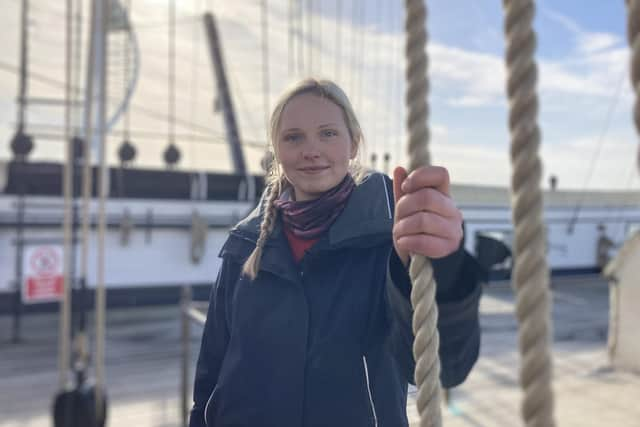

One of the newer additions to the operation is 23-year-old Connie Sheeran, the only female historic ship rigger working on HMS Warrior, the largest, fastest, and most powerful warship of Queen Victoria’s fleet.
‘It’s up to me to make sure everything is maintained, safe and historically accurate,’ says Connie. ‘You’re giving your bit to history, it’s really cool that what I do will be there for maybe 50 years.’
Growing up in Southampton, Connie has worked in a variety of maritime roles born from her passion for boats and being by the water, landing her ‘dream’ job at the NMRN a year ago.
Advertisement
Hide AdAdvertisement
Hide Ad‘The key for me was finding a job that was by the water or on boats, something outdoorsy,’ she says.
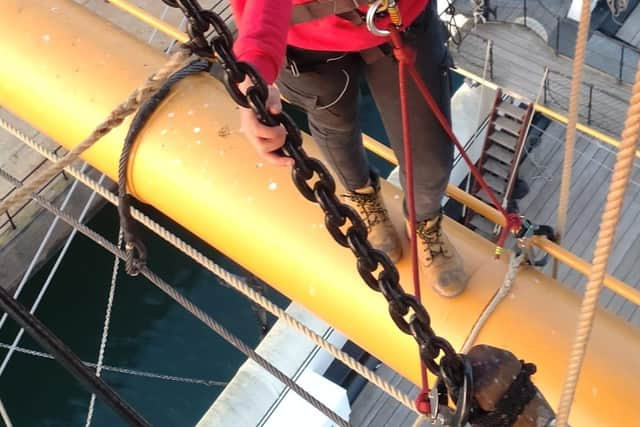

‘It’s brilliant, it’s the best job I've had so far, even on rainy days! I think if you asked me when I left school if I'd be doing what I do now, I wouldn't believe you.’
Connie, who moved to Southsea seven years ago, started boat building after finishing college, and after realising on-the-job learning suited her more than the classroom, she moved into a marine engineering apprenticeship, followed by an extended diploma in engineering, which led to her to the role of yacht rigger.
‘Girls should do whatever they want to do, no matter what that is,’ says Connie.
Advertisement
Hide AdAdvertisement
Hide Ad‘It can be quite demeaning when someone doesn't take you seriously because you’re a female or when someone says you can’t lift that – don't take any notice, just show them you can do it.’
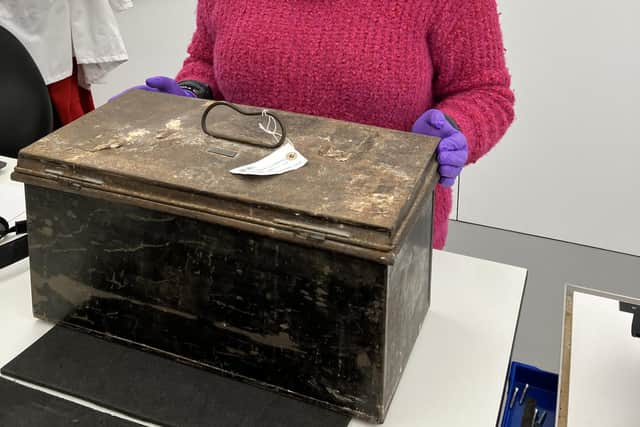

In a previous role as a yacht rigger on wooden super yachts, Connie saw the bleak side of working in a male-dominated industry.
‘Being a female in that environment was really difficult. I decided to leave after about six months of people refusing to call me by my name, or calling me cupcake instead,’ she says.
But Connie was not discouraged, redirecting her focus to historical ships and volunteering on the Cutty Sark, in Greenwich, before landing her role at NMRN.
‘I wanted to work on traditional things,’ she adds.
Advertisement
Hide AdAdvertisement
Hide Ad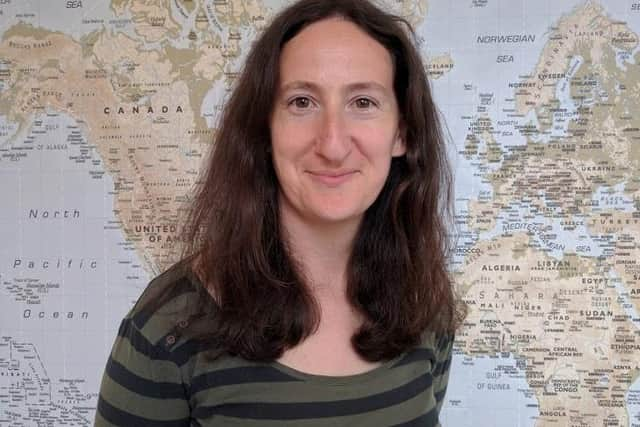

‘I applied for this role three times, on the third time I got it! It wasn’t easy, they definitely put me through my paces, but I was over the moon.’
Having failed STEM subjects herself at school, Connie’s advice is that STEM careers aren’t just for people who studied STEM subjects and believes that the sky is the limit for women.
‘Hopefully all the girls who have walked past me working on the ships and seen me doing my job will think, ‘oh I could do that.’
Also carrying the torch for women in STEM is Rachel Trembath, 35, a conservator at NMRN.
Advertisement
Hide AdAdvertisement
Hide Ad‘It’s literally the best job in the world,’ she says. ‘There is nothing like going onto HMS Victory to sort out a problem or offer advice, then coming back to work on something that belonged to Nelson, it’s kind of insane that this exists as a job.’
‘I do sometimes have to pinch myself,’ she adds laughing.
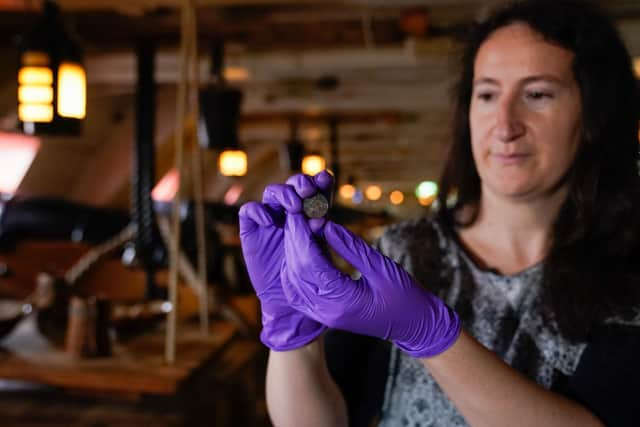

Rachel, who grew up in Widley but now lives in Chichester, experienced obstacles in her education and career, being diagnosed as both dyslexic and dyspraxic whilst studying conservation at the University of Lincoln.
‘I managed to get some support at university which really helped, I did my BA and postgraduate diploma while I was there, it was really hard but I managed to get there in the end and the benefit of being in the career that I am is that I can spend most of time doing things,’ says Rachel.
‘For me it's that amazing ability to be hands on, it really makes the most of my skills.’
Advertisement
Hide AdAdvertisement
Hide AdRachel has since been able to adapt her career to suit her, taking on her physical conservation role at NMRN alongside a ‘supportive team’ that sees her work across famous ships such as HMS Victory, the oldest naval ship in the world still in commission.
‘Nowadays, there are so many tools to help people, workplaces are much more engaged with their staff so there is often support,’ adds Rachel.
Now, Rachel embraces the way her brain works differently, crediting her dyslexia and dyspraxia for enabling her to solve problems more efficiently.
‘My manager recently offered to put me through a writing course if I thought it would be helpful. The world has changed in its perception of those kinds of things, I think that's great.’
Advertisement
Hide AdAdvertisement
Hide AdRachel is now keen to encourage girls to get involved in STEM subjects, using her own experience at NMRN as a positive example of modern workplaces providing varied career opportunities, mentorship support, and apprenticeship roles for those looking to enter STEM careers.
‘Any profession is going to benefit from a really diverse workforce, but particularly in STEM where it has been male-dominated for so long,’ says Rachel.
‘Getting those women’s perspectives into the conversation, you could end up with some really amazing things that had never before been thought about.’
Finally, leading STEM scientist, Diana Davis, is head of conservation at NMRN, which sees her carry out world-leading conservation of historical assets, write the research strategy for HMS Victory and oversee its delivery.
Advertisement
Hide AdAdvertisement
Hide AdDiana, 41, is determined to provide young women with the right information and give them choices that may inspire them into a STEM career.
Diana’s route into STEM was more direct than some, having studied chemistry, maths, and geography at school, she went on to study history at university and began her early career as an archaeologist. Her interest in earth sciences and cultural heritage eventually led her to NMRN, where she has now worked for seven years, overseeing many changes.
‘There are more and more opportunities now, the critical thing is getting the right guidance and knowing what’s possible,’ says Diana. ‘I had no idea when I was in school that you could do this sort of thing, working for a museum.
‘It can be intimidating when you’re younger – I was intimidated out of a subject by a male professor – but there’s no reason for people not to get involved now.’
Advertisement
Hide AdAdvertisement
Hide AdDiana, from Fareham, still remembers one occasion when she was studying at Queen’s University, in Belfast where she grew up, a tutor cautioned her away from a field she was passionate in, based solely on her gender.
‘When I was 21, I actually wanted to do a PHD in paleoecology, but my university tutor told me that it was a bit of a boys’ club and I shouldn't bother,’ says Diana.
‘That was 20 years ago, things are much better now, I wish I could see him again now!’
Diana’s senior position at NMRN gives her the opportunity to encourage women and girls to explore STEM, offering exciting opportunities to get involved and help make a difference.
Advertisement
Hide AdAdvertisement
Hide Ad‘Working for the naval museum it’s very male dominated subject matter, but there are women in the navy, they’re elbowing their way in there more and more,’ adds Diana.
‘I think people don’t really understand all the options well enough – who does when they’re 16 right? We’re doing a project at the minute with HMS Protector, they’ve got their first ever female captain, they’ve got female hydrographers, oceanographers and all the science roles that you can get into through the Navy – and they’re open to everybody.’